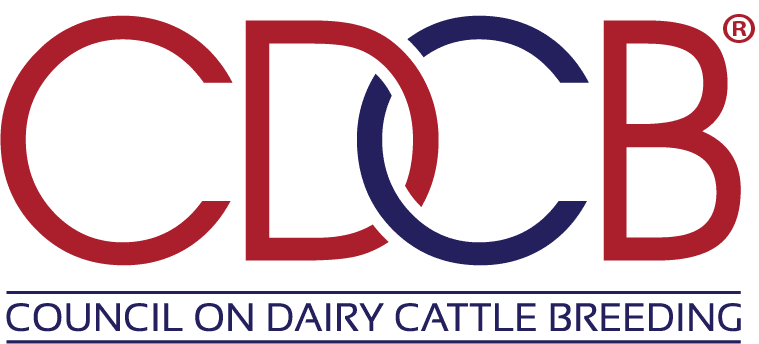Genetic Impact on U.S. Dairy
Genetic selection is an important tool to improve dairy farm productivity, profitability, and sustainability. U.S. dairy farms are producing more milk from fewer cows, which has significantly reduced dairy’s carbon footprint and use of inputs, land, water, and other natural resources. Improved genetics account for at least one-half of the gains in milk, fat and protein yield over the last 50 years. Genetic selection also provides tools to improve cow health, well-being and feed efficiency, through several related and specific traits. These tools are available to dairy producers around the world, as U.S. genetic evaluations are highly respected and U.S.-produced dairy genetics are exported to 120 countries each year.
